- About us
- Support the Gallery
- Venue hire
- Publications
- Research library
- Organisation chart
- Employment
- Contact us
- Make a booking
- Onsite programs
- Online programs
- School visit information
- Learning resources
- Little Darlings
- Professional learning
John Marsden (1950–2024), author of Tomorrow, when the war began, is credited with encouraging generations of young people to read. Labelled ‘the best series for Australian teens of all time’, his seven-book series Tomorrow (1993–99) has sold millions of copies internationally, was translated into multiple languages, and was adapted into a feature film and television series. Interested in writing for young people from the beginning of his career, Marsden was working as an English teacher when he wrote the first of his 40 novels, So much to tell you. Published in 1987, it won a slew of awards including the Children’s Book Council’s Book of the Year. His award-winning picture book The Rabbits (1999), illustrated by artist Shaun Tan, was adapted into a musical theatre production by singer-songwriter Kate Miller-Heidke and Opera Australia in 2015. Marsden received the prestigious Lloyd O’Neil Award for contributions to Australian publishing in 2006, and his historical novel South of Darkness won the Christina Stead Award for best novel in 2015. He was a patron of the young writers’ organisation Express Media, which awards the annual John Marsden & Hachette Australia Prize for Young Writers. Marsden also founded, and was principal of, the Candlebark School and the Alice Miller School, both in Victoria’s Macedon Ranges.
Gift of the artist 2002
© Peter Wegner
Peter Wegner (5 portraits)
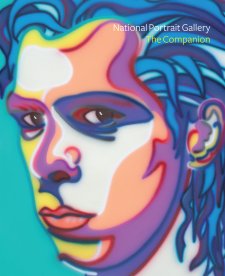
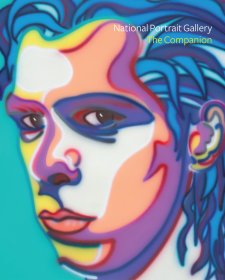

On one level The Companion talks about the most famous and frontline Australians, but on another it tells us about ourselves.
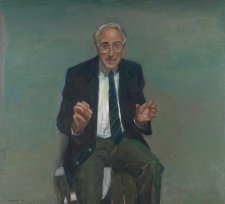
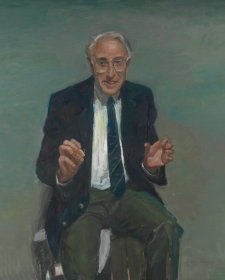
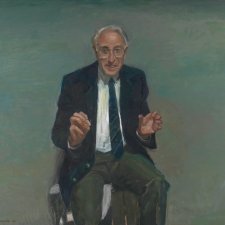
Peter Wegner's approach to portraiture could be considered a visual record of the rapport, the dynamic space between artist and subject.


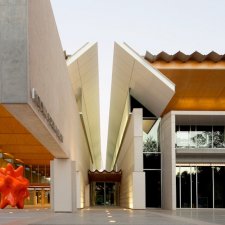
Visit us, learn with us, support us or work with us! Here’s a range of information about planning your visit, our history and more!